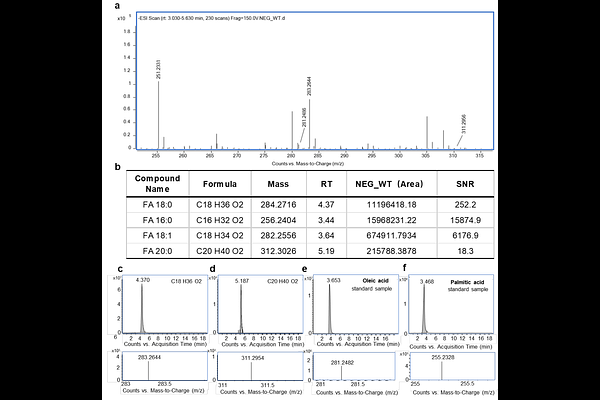Molecular Insights into Cross-Species Spillover of Coronavirus HKU5 via ACE2 Receptor Recognition

Molecular Insights into Cross-Species Spillover of Coronavirus HKU5 via ACE2 Receptor Recognition
Xia, L.; Zhang, Y.; Li, Y.; Li, d.; Zhou, Q.
AbstractCoronaviruses represent a significant zoonotic threat, with host adaptation serving as a pivotal determinant of cross-species transmission. The bat-derived {beta}-coronavirus HKU5 utilizes its spike (S) protein for receptor recognition and viral entry. Here, we report the cryo-electron microscopy (cryo-EM) structure of the HKU5 S protein in a closed conformation. Two fatty acids are bound to the HKU5 S protein, stabilizing the S protein in the closed conformation. Furthermore, we solve the structure of the HKU5 receptor-binding domain (RBD) in complex with the peptidase domain (PD) of Pipistrellus abramus angiotensin-converting enzyme 2 (ACE2), uncovering a unique binding mode distinct from other coronaviruses that use ACE2 as their receptor. Evolutionary and functional analyses indicate that mutations on RBD can modulate receptor binding, while conservation and structural modeling suggest that HKU5 has the potential to cross species barrier. Notably, we identify ACE2 orthologs in avian species, such as Pitta sordida, that support stable HKU5 RBD binding and interaction. These findings provide molecular insights into the host adaptation of HKU5 and underscore the importance of surveillance for this virus and its zoonotic risk.